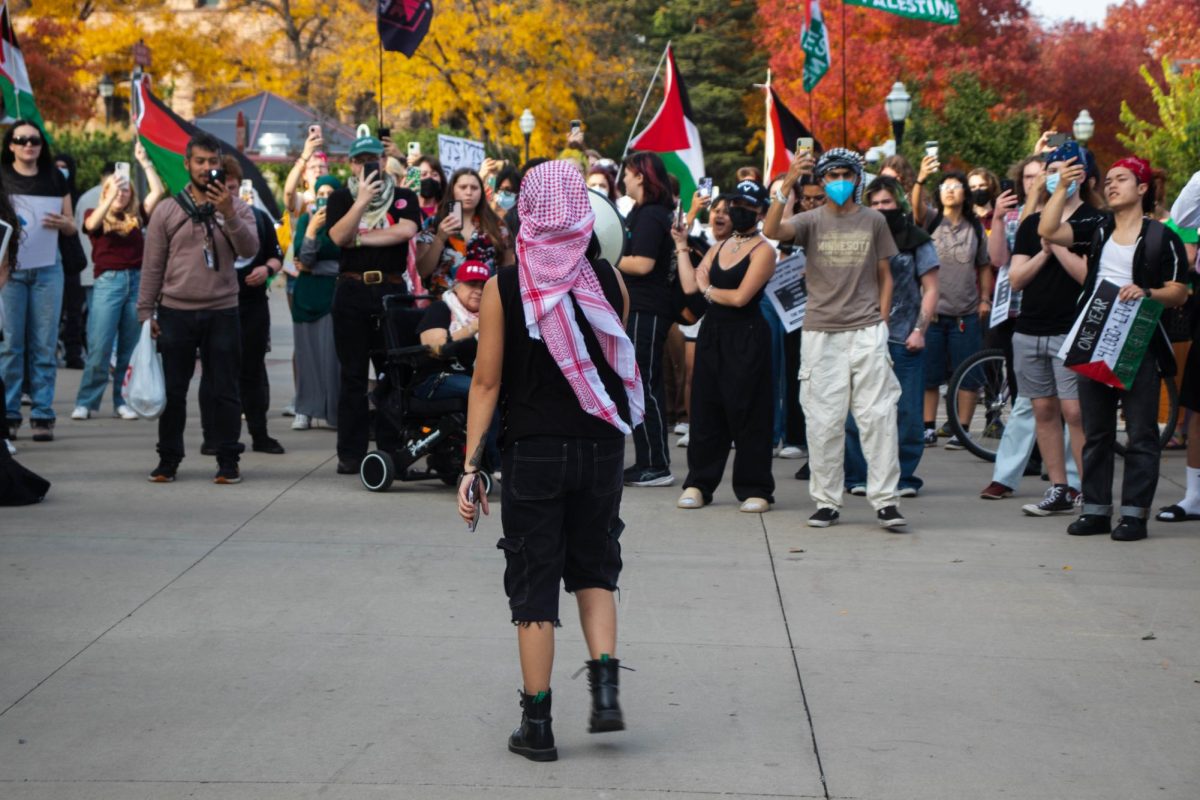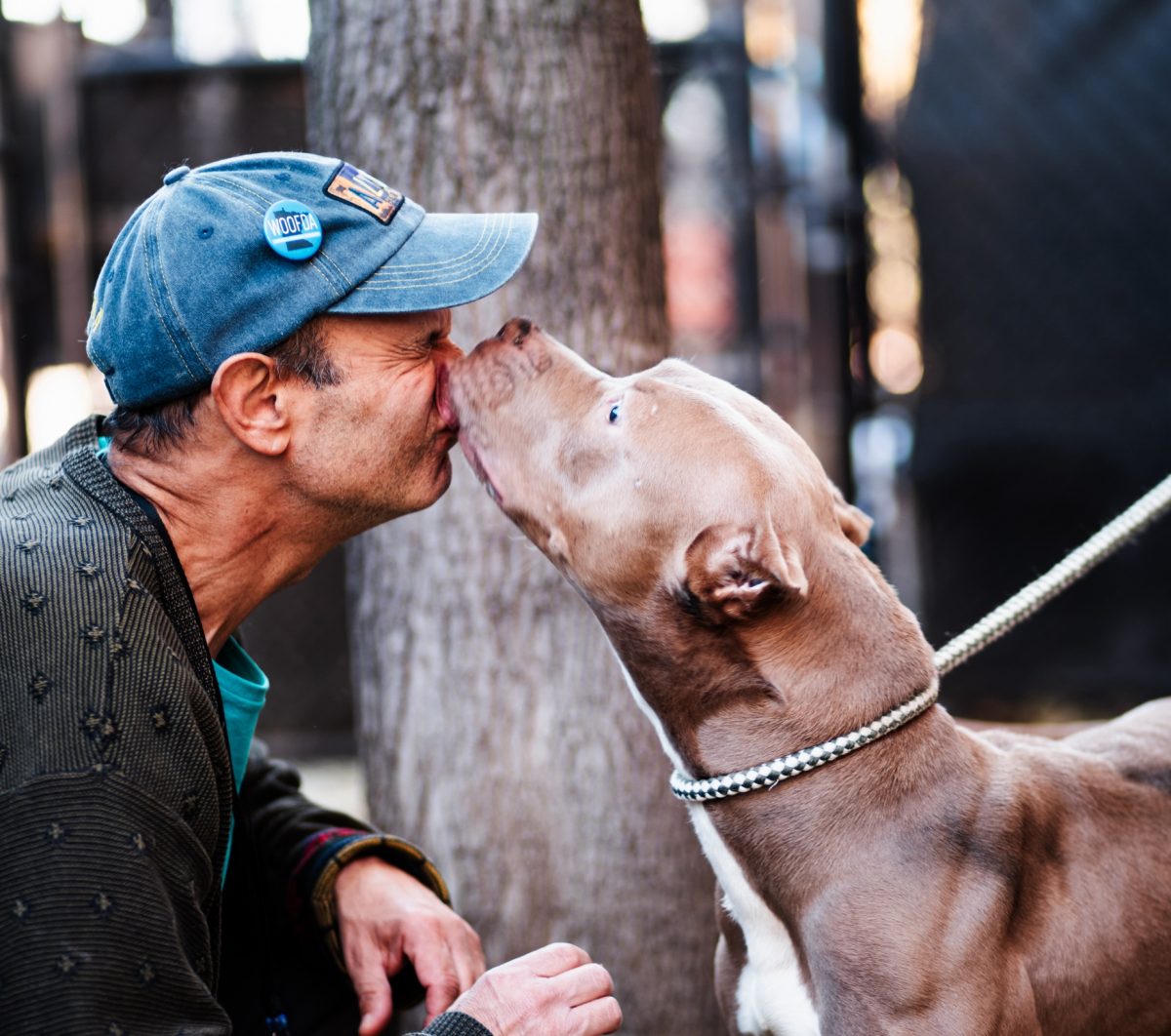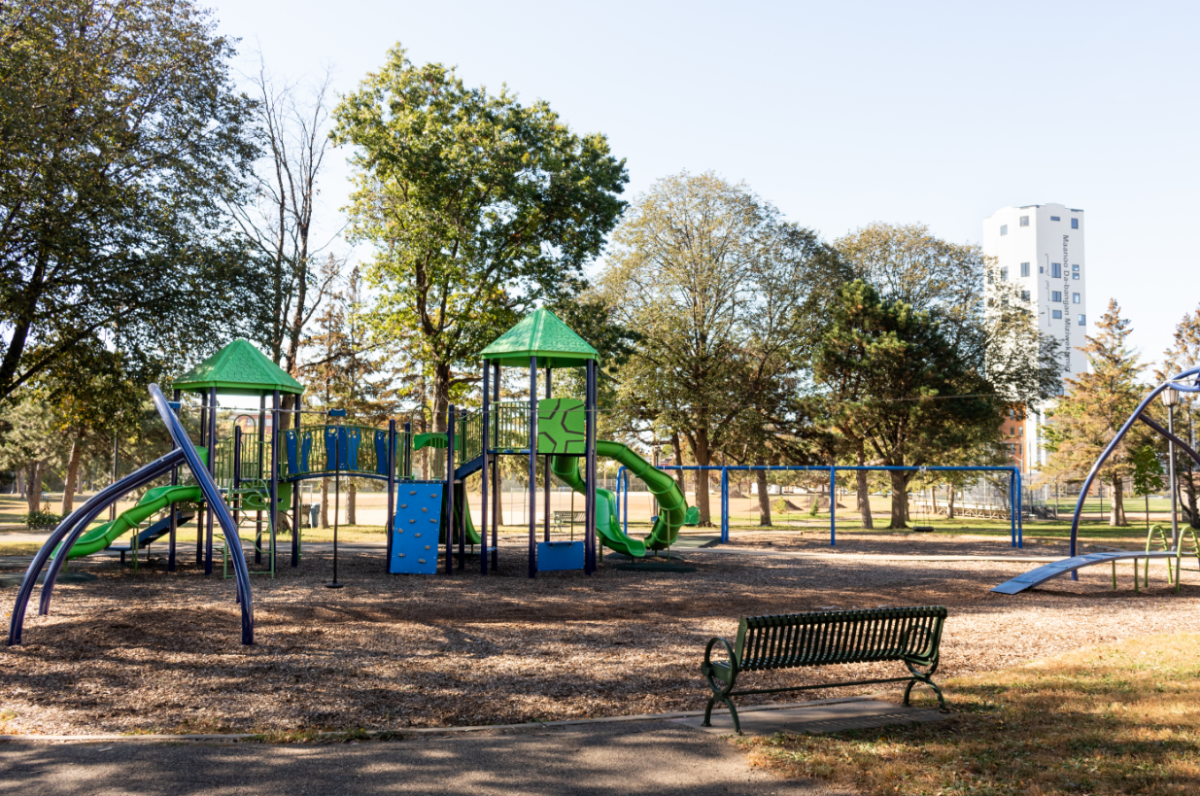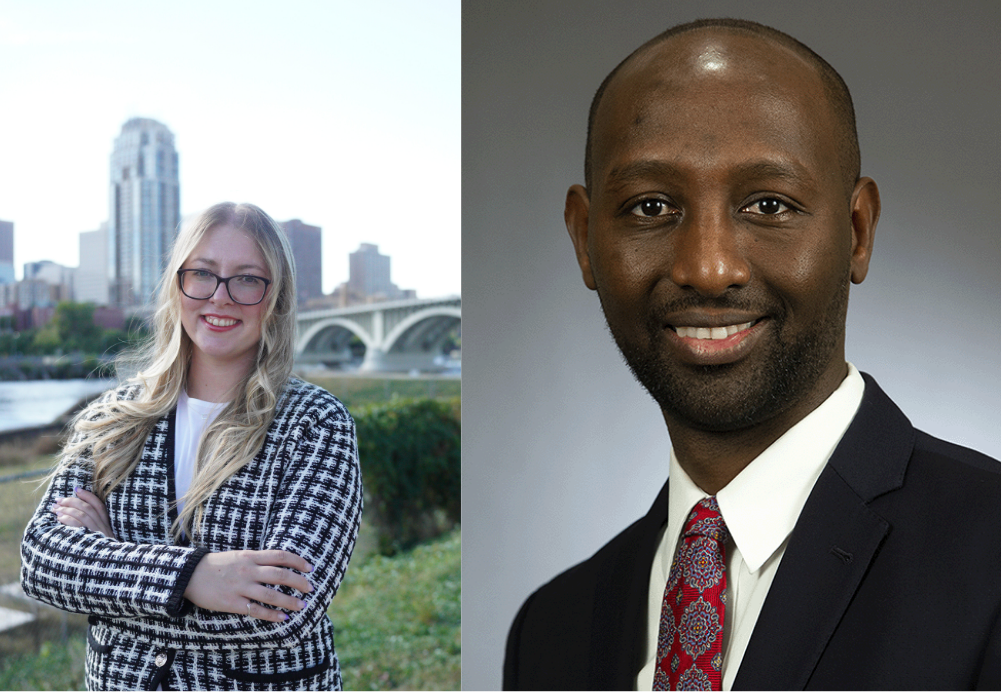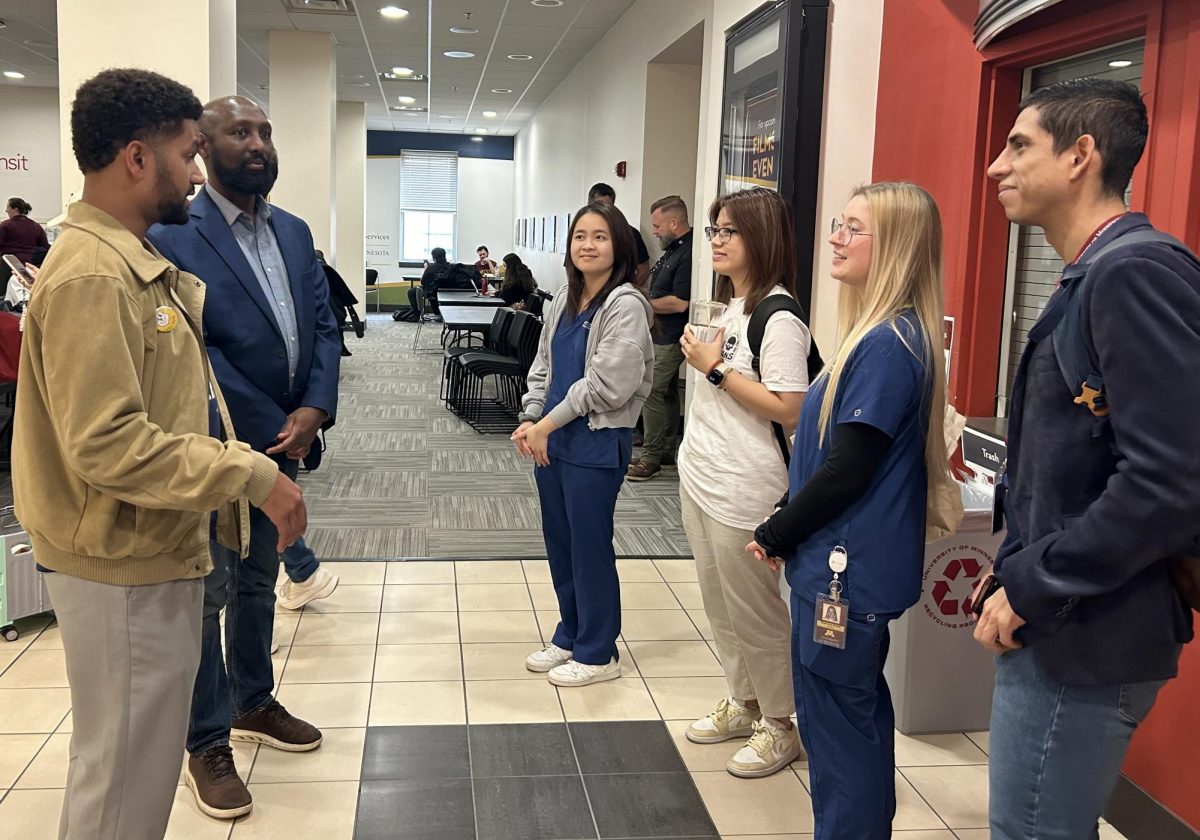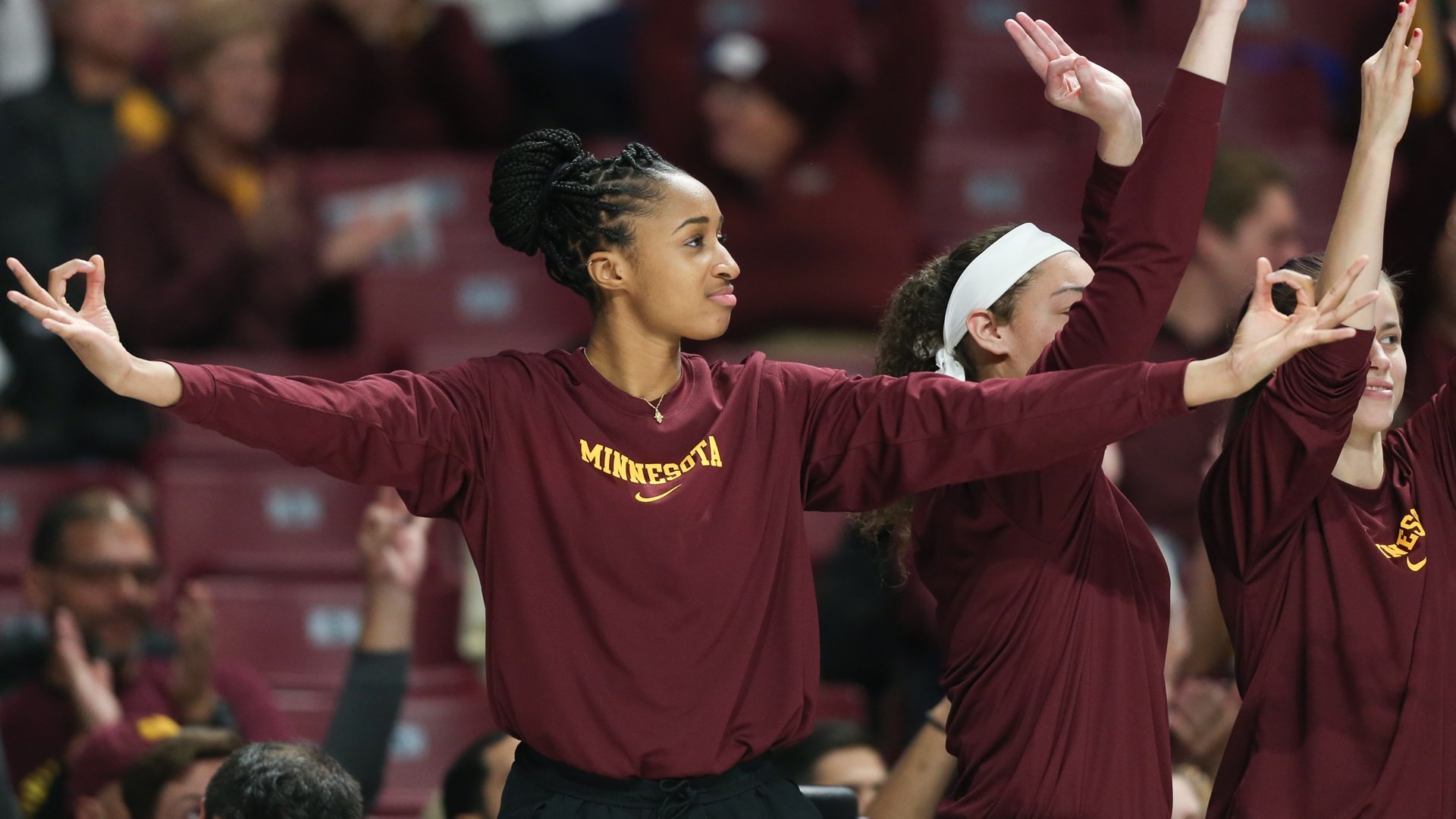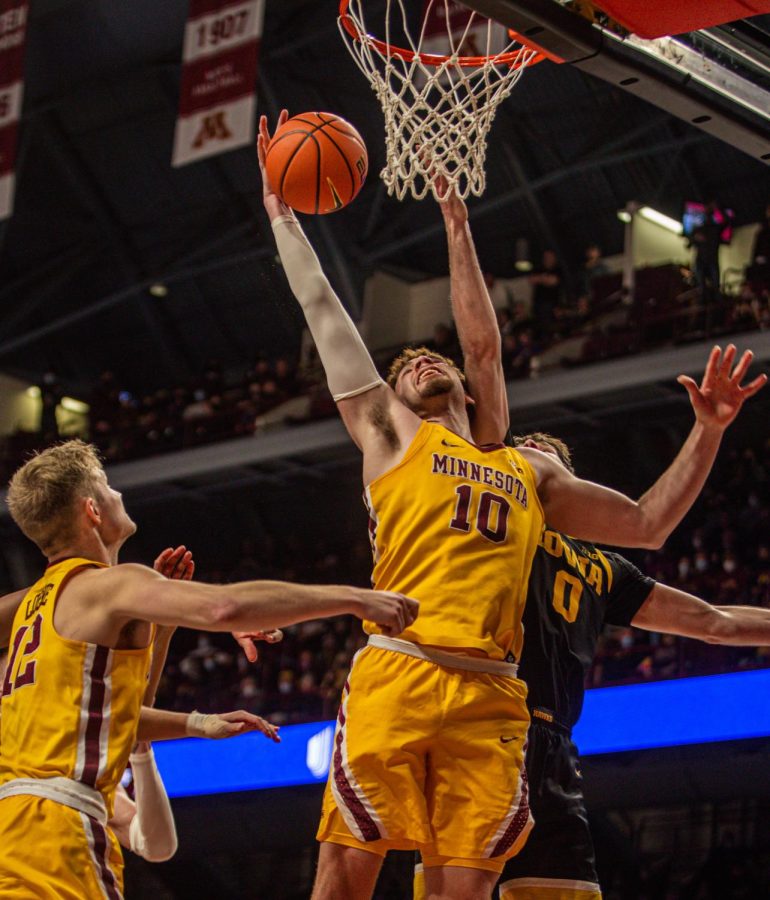The University of Minnesota has partnered with the Duluth and Morris campuses to form a cohort for the Environmental Stewardship, Place, and Community Initiative to provide support and create pathways for Indigenous students to be involved in widespread University efforts.
After receiving funding from the Andrew W. Mellon Foundation in 2019, the University’s Institute for Advanced Study (IAS) established a partnership with three University of Minnesota campuses to collaborate in pursuit of humanities-based stewardship centering Indigenous studies and culture.
With this support system, University scholars will advance community engagement and incorporate Indigenous ecological perspectives in curriculum through different projects across the three University campuses, in an effort to establish knowledge and respect for traditional Indigenous ways of understanding the world.
“We have a legal and ethical obligation to Native students,” said Alexandra Peck, a University visiting scholar for the initiative.
Peck joined the stewardship in August as a visiting scholar of IAS Indigenous Studies. The stewardship’s leadership team has continued to expand since the announcement in 2019, developing a group of scholars from the University system.
All three campuses focus on different projects and have different goals to acknowledge and show respect for Indigenous culture.
Historical context
In recent years, the three University campuses faced criticism and backlash because it has benefitted from historical injustices and exploitation of tribal communities to form stability and economic growth.
The stewardship is one among several efforts to work with tribal communities in a wave of changes happening at the University level.
According to the University of Minnesota-Morris, the campus has a high population of Native students and faculty in comparison to other University system campuses.
In 1909, the Morris campus started waiving tuition for Indigenous students to acknowledge the history that revealed the campus housed one of many American Indian boarding schools.
Additionally, the Morris campus made efforts to install public art and sculptures in relation to the history as well as conducted ceremonies and held membership for the National Native American Boarding School Healing Coalition.
More recently, the Circle of Nations Indigenous Association on the Morris campus created petitions to perform ground searches for human remains after major news outlets revealed that former boarding schools hid mass grave sites of Indigenous children.
“The history of the UMN-Morris campus as a 19th-20th century Native boarding school is extremely pertinent, especially in today’s era,” Peck said. “Especially when there have been countless rediscoveries of the atrocities committed against Indigenous children at Catholic and government-run boarding schools in the U.S. and Canada.”
With the stewardship, partners from the Morris campus are utilizing the grant to develop ideas and programs to integrate Indigenous history and culture into the general education curriculum at the University. At all three campuses, students have the opportunity to take Ojibwe or Dakota language courses and major in American Indian studies.
Indigenous people also serve as community outreach liaisons at the Morris and Duluth campuses as part of the stewardship.
By recruiting Indigenous students from surrounding colleges and the University system campuses, Indigenous students have the opportunity to participate in humanities development with a focus on Indigenous culture.
A new starting point
Despite past efforts to repair the relationship between tribes and the University system, Peck’s biggest concern lies in retention rates and developing a support system for Indigenous students to progress through their degrees.
To Peck, a major solution to address these concerns is to integrate Indigenous perspectives into curriculum at the University and K-12 levels.
“Relationships have already been started with Indigenous communities and there is a time and place for Native students to receive education about their culture,” Peck said. “But they aren’t the ones that need the education.”
The Duluth cohort currently is working on creating a K-12 curriculum to provide teachers with toolkits. These toolkits will include resources about how to teach Indigenous culture and science and will discuss the historical significance of the origins of tribal land in Duluth.
Dr. Roxanne Biidabinokwe Gould, a project lead and a member of the Grand Traverse Band Odawa/Ojibwe tribe, focuses on research to incorporate Indigenous women’s water teachings to protect the Lake Superior watershed. She is also an associate professor of Indigenous Education at the Duluth campus at the Ruth A. Meyers Center for Indigenous Education.
With increasing contamination and pollutants in the Lake Superior watershed, Indigenous people continued to rely on its resources for generations. Gould added that she wants all people to realize that land protection requires the efforts of everybody, not just Indigenous folks.
“The environmental issues we face are not just Indigenous concerns, they are planetary concerns,” Gould said.
The initiative has published several journals including the Open Rivers Issue, which serves as a resource to engage audiences in Indigenous ways of thinking about the world. Additionally, community-based reading group events promoted open discussions about Indigenous perspectives and culture between attendees and authors.
After the grant ends in 2022, Gould hopes the work being done by all three cohorts will continue and land reparations will develop further.



